Saturday,
Dec 6
Brescia
0°
Sunday,
Dec 7
Brescia
4°
Monday,
Dec 8
Brescia
5°
Tuesday,
Dec 9
Brescia
5°
Wednesday,
Dec 10
Brescia
4°
Thursday,
Dec 11
Brescia
6°
MORE IMPORTANT INFORMATION ABOUT YOUR TRAVEL TO Brescia
The Train station is located at the center of Brescia
Brescia (Italian pronunciation: [ˈbreʃʃa] , locally [ˈbreːʃa]; Lombard: Brèsa [ˈbrɛsɔ, ˈbrɛhɔ, ˈbrɛsa]; Latin: Brixia; Venetian: Bressa) is a city and comune in the region of Lombardy, in Italy. It is situated at the foot of the Alps, a few kilometers from the lakes Garda and Iseo. With a population of more than 200,000, it is the second largest city in the administrative region and the fourth largest in northwest Italy. The urban area of Brescia extends beyond the administrative city limits and has a population of 672,822, while over 1.5 million people live in its metropolitan area. The city is the administrative capital of the Province of Brescia, one of the largest in Italy, with over 1,200,000 inhabitants. Founded over 3,200 years ago, Brescia (in antiquity Brixia) has been an important regional centre since pre-Roman times.
Source:
WikipediaADDITIONAL INFORMATION ABOUT Cuneo
The Train station is located at the center of Cuneo
Cuneo (Italian: [ˈkuːneo]; Piedmontese: Coni [ˈkʊni]; French: Coni [kɔni]) is a city and comune in Piedmont, Northern Italy, the capital of the province of Cuneo, the third largest of Italy’s provinces by area. It is located at 550 metres (1,804 ft) in the south-west of Piedmont, at the confluence of the rivers Stura and Gesso. Cuneo is bounded by the municipalities of Beinette, Borgo San Dalmazzo, Boves, Busca, Caraglio, Castelletto Stura, Centallo, Cervasca, Morozzo, Peveragno, Tarantasca and Vignolo.It is located near six mountain passes: Colle della Maddalena at 1,996 metres (6,549 ft) Colle di Tenda at 1,871 metres (6,138 ft) - Tunnel of Tenda at 1,300 metres (4,300 ft), 3 kilometres (1.9 mi) long Colle del Melogno at 1,027 metres (3,369 ft) Colle San Bernardo at 957 metres (3,140 ft) Colle di Nava at 934 metres (3,064 ft) Colle di Cadibona at 459 metres (1,506 ft).
Source:
WikipediaImages of the trains for your trip


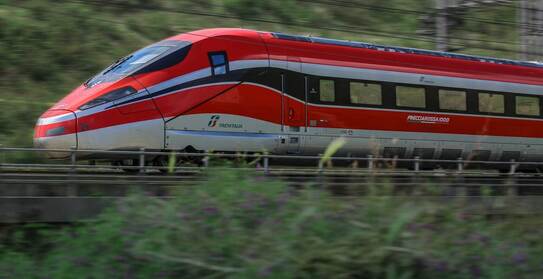
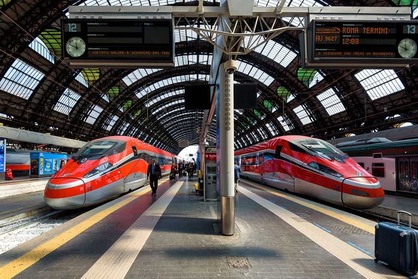








Where Can You Travel With Us?
TAKE A LOOK AT OUR MAP
France
Italy
Netherlands
Luxembourg
Austria
Germany
Belgium
Switzerland
Denmark
Sweden
Norway
Hungary
Czech
Ukraine
China
Active
France, Italy, Netherlands, Luxembourg, Austria, Germany, Belgium, Switzerland, Denmark, Sweden, Norway, Hungary, Czech, Ukraine, China
Upcoming
USA, Canada, Spain, Poland, Japan
Other Train Trips From Cuneo

Cuneo to Torviscosa
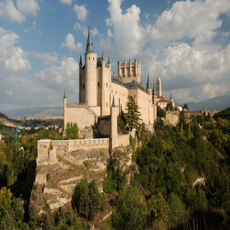
Cuneo to Torre Colimena

Cuneo to Cecchina

Cuneo to Albanova

Cuneo to Pieve Vergonte
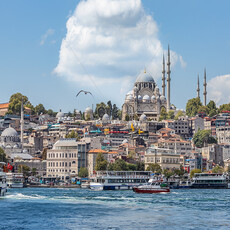
Cuneo to San Nicola-Silvano Manzio
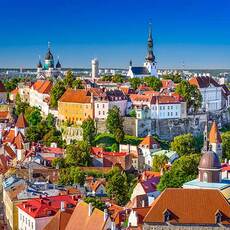
Cuneo to Florence Catello

Cuneo to S Teresa Di Gravina

Cuneo to Bibbona Casale
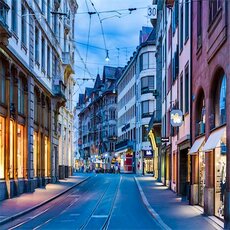
Cuneo to Capralba

Cuneo to Acate

Cuneo to Conegliano
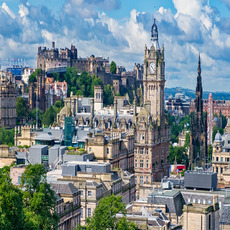
Cuneo to Montenero Valcocchiara

Cuneo to Fratte Di Salerno
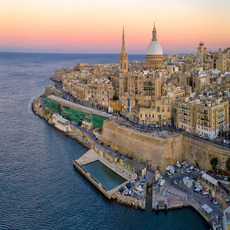
Cuneo to Lentini Diramazione
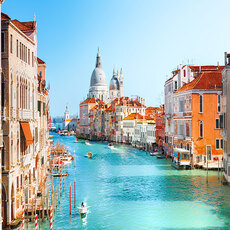
Cuneo to Fano

Cuneo to Santo Stefano Riva Ligure

Cuneo to Castel D Agogna
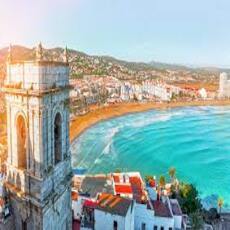
Cuneo to Caprarica Del Capo

Cuneo to Labico
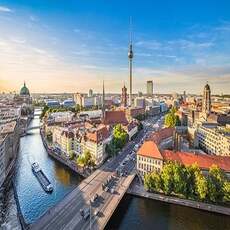
Cuneo to Piedimonte Matese
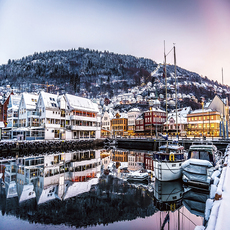
Cuneo to Ponticino

Cuneo to Somma Lombardo
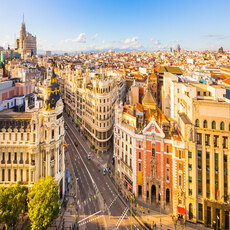
Cuneo to Canicatti

Cuneo to Salerno Pastena

Cuneo to Genoa Vesima

Cuneo to Morrea Castronovo Rendinara

Cuneo to Angri
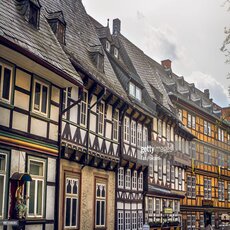
Cuneo to Barletta

Cuneo to Palermo Imperatore Federico
WHY YOU SHOULD TRAVEL BY TRAIN?
To travel from Cuneo To Brescia, trains would be the best travel choice, for several reasons:
1
Eco-Friendly
Trains are the most environmentally-friendly way of transport to the EU Environment Agency. They are powered by electricity, which is renewable and has a low environmental impact.
2
Speed
Travelling by train is in most cases the fastest way to go from Rome to Milan. Trains usually travel at high speeds, making them the fastest way to get from one place to another.
3
Safety
Travelling by train is one of the safest forms of transport. Trains are heavily regulated and monitored, making them safer than other forms of transport.
4
Price
Travelling by train is often cheaper than other forms of transport, such as flying or taking a bus. Trains are often subsidized by the government, making them cheaper than other forms of transport.
5
Luggage
Travelling by train is a great way to transport luggage. Trains usually have plenty of space for luggage and they are usually safe and secure.
6
Luggage
Travelling by train is often faster than other forms of transport, such as driving or taking a bus. Trains usually travel at high speeds, making them the fastest way to get from one place to another.
7
Comfortability
Travelling by train is usually very comfortable. Trains usually have comfortable seating and plenty of legroom, making them a great way to travel.
8
Comfortability
Travelling by train is a great way to get some sleep. Trains usually have comfortable seats and plenty of legroom, making them a great way to get some rest while travelling.
9
WIFI
This is not necessarily the most important when you travel since we prefer to tell you to enjoy your travel without your phones, but on trains, you can find WIFI onboard, so you remain connected to the internet if you choose to.
THESE ARE THE TRAIN OPERATORS WE WORK WITH




















